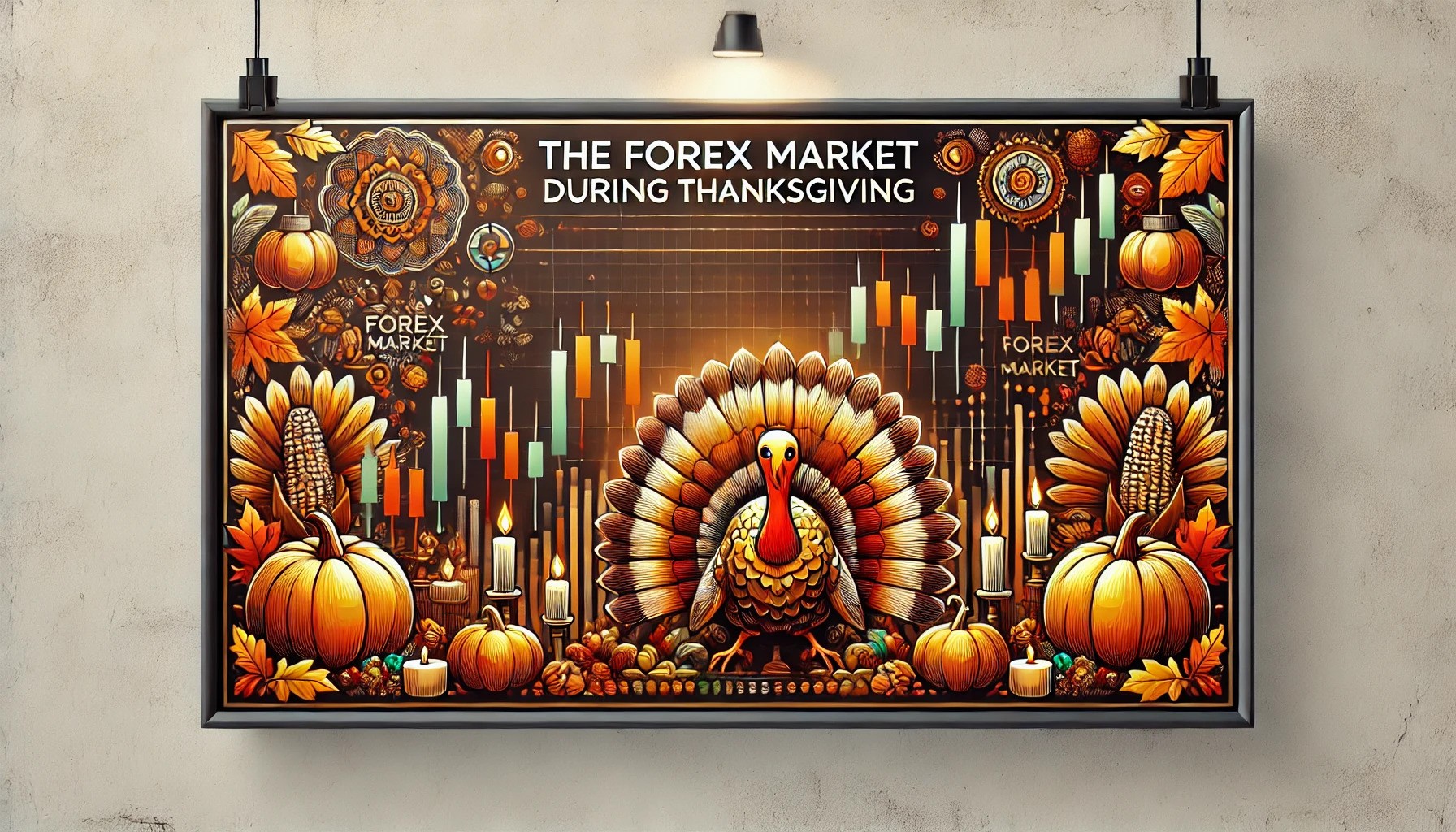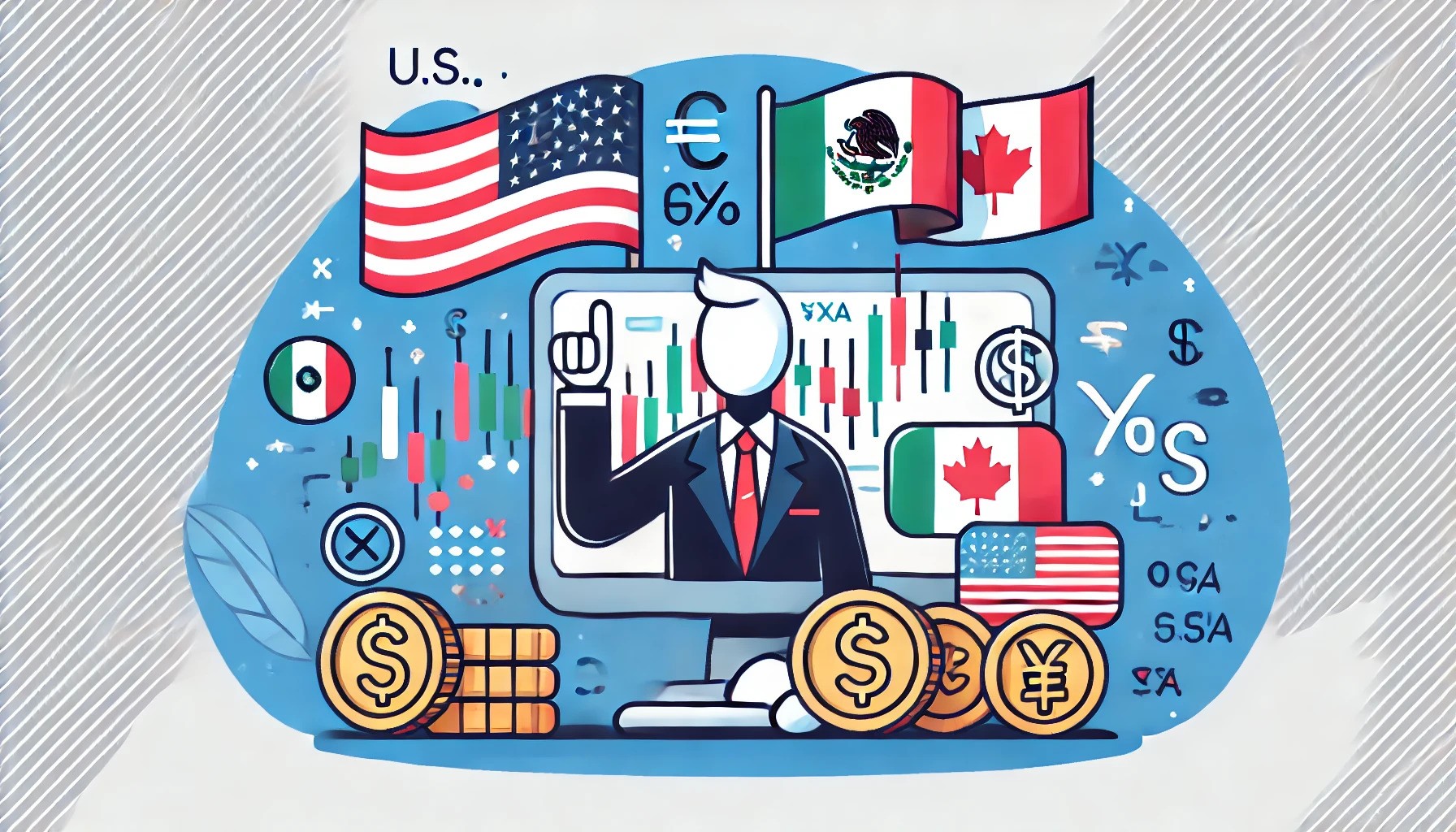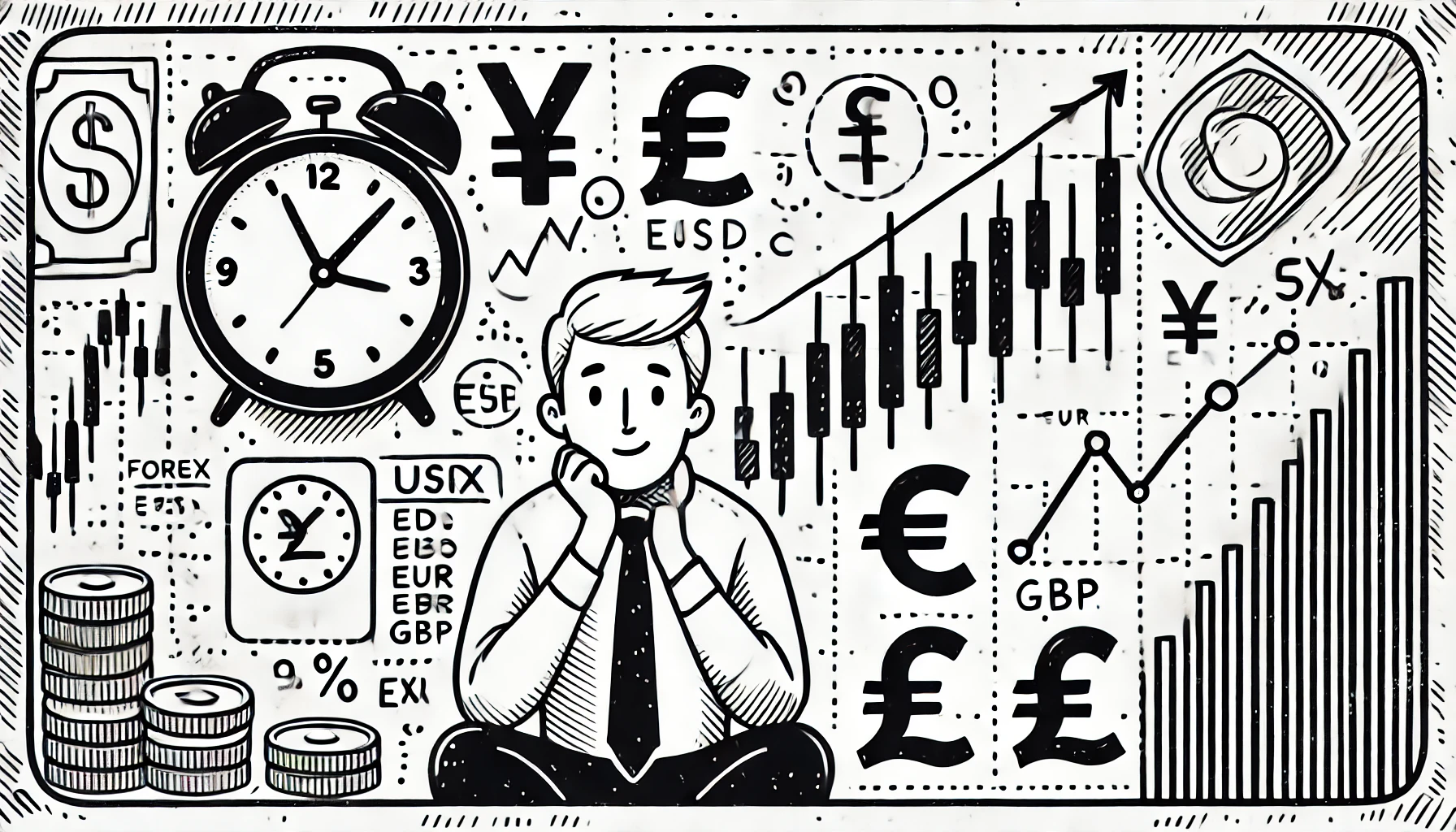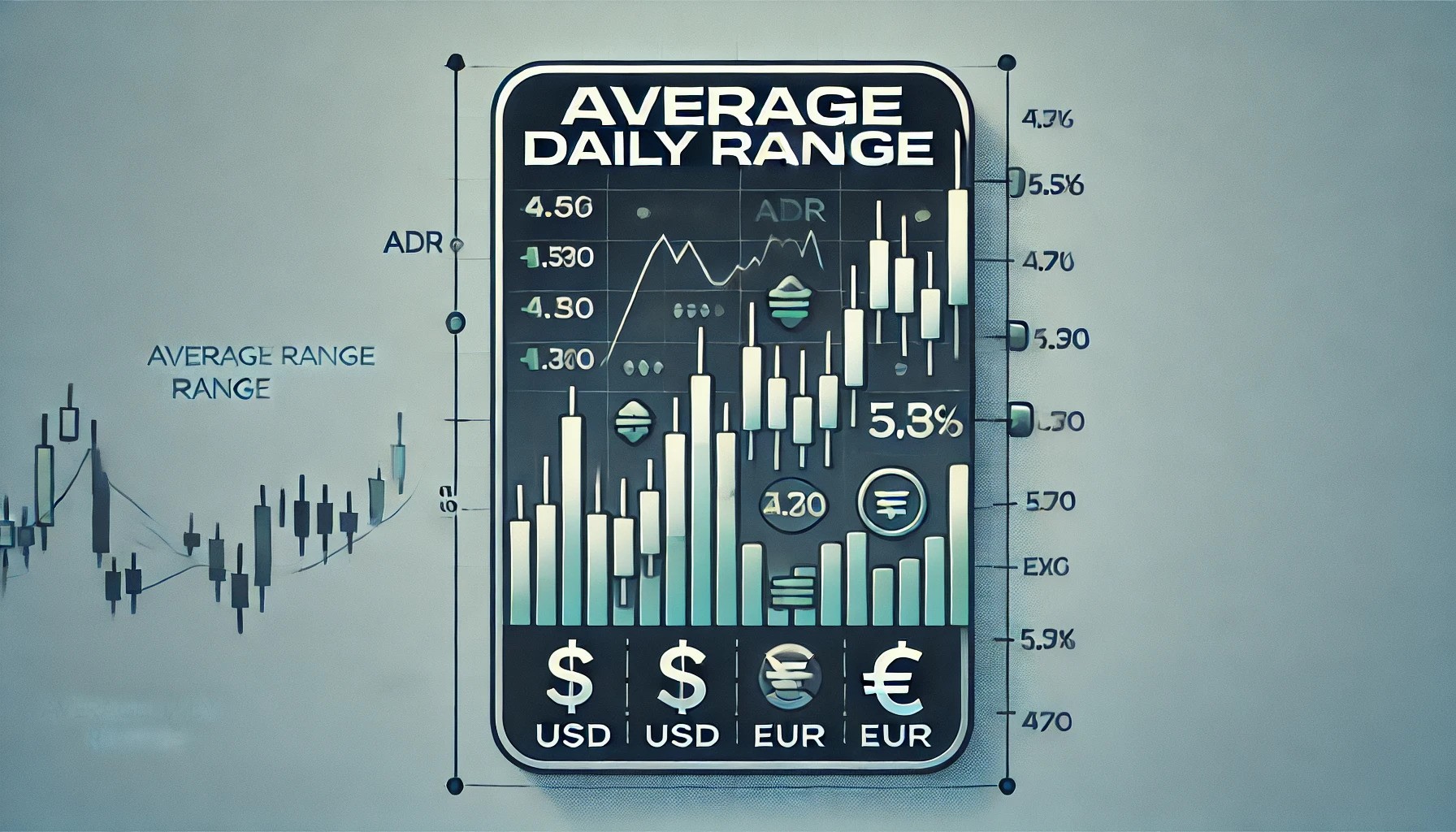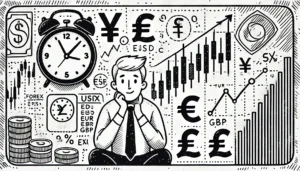The foreign exchange (forex) market operates 24 hours a day, five days a week, facilitating global currency trading across various time zones. However, during significant holidays like Thanksgiving in the United States, forex market dynamics can shift notably. Understanding these changes is crucial for traders aiming to navigate the market effectively during such periods.
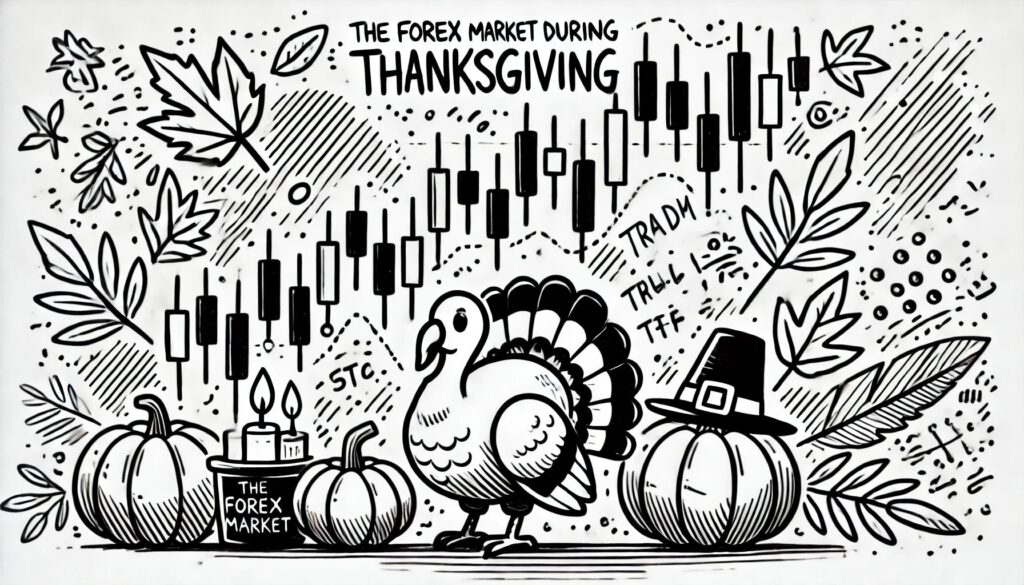
Understanding Thanksgiving’s Impact on the Forex Market
Thanksgiving, celebrated on the fourth Thursday of November, is a major U.S. holiday that affects financial markets, including forex. The holiday leads to altered trading schedules, reduced liquidity, and potential volatility, especially in currency pairs involving the U.S. dollar (USD).
1. Altered Trading Schedules
On Thanksgiving Day, U.S. financial markets, including the New York Stock Exchange (NYSE), are closed. While the global forex market remains open, the absence of U.S. market participants results in reduced trading volumes. Additionally, the day after Thanksgiving, known as Black Friday, often sees early market closures and lower participation as traders extend their holiday break. For instance, U.S. index futures and bonds may close early on Thanksgiving Day and reopen later, impacting trading hours and liquidity.
2. Reduced Liquidity
The absence of U.S. traders during Thanksgiving leads to decreased liquidity in the forex market. With fewer participants, especially in USD-related currency pairs, the market can experience wider spreads and less favorable trading conditions. This reduced liquidity can make it challenging to execute large trades without affecting market prices. Traders should be cautious, as lower liquidity can lead to unexpected price movements.
3. Increased Volatility
Reduced liquidity during Thanksgiving can result in increased volatility. With fewer market participants, even minor economic data releases or geopolitical events can cause significant price swings. Traders should be prepared for potential volatility spikes, especially in currency pairs involving the USD, as the market may react more sharply to news events during this period.
4. Impact on USD Currency Pairs
The U.S. dollar plays a central role in the forex market, serving as a benchmark for many currency pairs. During Thanksgiving, USD pairs like EUR/USD, GBP/USD, and USD/JPY may experience subdued trading activity due to the holiday. Traders focusing on these pairs should be aware of potential liquidity constraints and adjust their strategies accordingly.
5. International Market Considerations
While U.S. markets are affected by Thanksgiving, international markets continue to operate. Traders focusing on non-USD pairs, such as EUR/GBP or AUD/JPY, may find more stable trading conditions. However, it’s essential to remain vigilant, as global market dynamics can still influence these pairs. For example, European and Asian markets remain open, and economic events in these regions can impact currency movements.
Strategies for Forex Traders During Thanksgiving
To navigate the forex market effectively during Thanksgiving, consider the following strategies:
1. Focus on Non-USD Currency Pairs
Trading currency pairs that don’t involve the USD can help mitigate the impact of reduced liquidity. Pairs like EUR/GBP, AUD/NZD, or GBP/JPY may offer more consistent trading opportunities during U.S. holidays. By concentrating on these pairs, traders can avoid some of the volatility associated with USD pairs during Thanksgiving.
2. Adjust Trading Hours
Be mindful of altered trading hours during Thanksgiving. Some brokers may adjust their operating hours, and certain markets may close early. For instance, U.S. index futures and bonds might close early on Thanksgiving Day and reopen later, affecting trading schedules. Staying informed about these changes can help in planning trades effectively. citeturn0search29
3. Monitor Market News Closely
Stay updated on global economic events and news releases, as low liquidity can amplify market reactions. Even minor news can lead to significant price movements during periods of reduced market participation. Utilizing economic calendars and news alerts can aid in anticipating potential market shifts.
4. Exercise Caution with Automated Trading Systems
If you use automated trading systems, ensure they are configured to account for holiday trading conditions. Reduced liquidity and increased volatility can affect the performance of automated strategies, leading to unexpected outcomes. It’s advisable to monitor these systems closely or consider pausing them during the holiday period.
5. Use the Time for Market Analysis
Thanksgiving can be an opportunity to step back and analyze your trading strategies. Review past trades, assess performance, and plan for the upcoming trading periods. This reflection can provide valuable insights and help in refining your approach.
Take control of your trading future
Supercharge your trading with our expert advisors. Start your journey today!
Conclusion
The Thanksgiving holiday in the U.S. brings unique challenges and opportunities to the forex market. By understanding the implications of altered trading schedules, reduced liquidity, and potential volatility, traders can adapt their strategies to navigate this period effectively. Staying informed and flexible is key to successful forex trading during holidays like Thanksgiving.
For more insights on forex trading during holidays, visit Maverick Currencies.
Trump’s Tariffs on Mexico and Canada: How They Could Impact
Introduction Trade policies and tariffs play a significant role in shaping global economies, and their effects often ripple through financial markets,…
Delayed Gratification – The Power of Practicing It
Delayed gratification is the practice of resisting the temptation for an immediate reward in favor of a larger, more enduring…
DXY – The First Quarter of 2025: Ideas and Potentials
The U.S. Dollar Index (DXY) is one of the most critical indicators in global financial markets. It reflects the value…
What Does the Trump Presidency Mean for Forex Trading?
The Trump presidency, characterized by its unconventional policies and rhetoric, had profound implications for global financial markets. Forex trading, being…
Average Daily Range (ADR) in Forex Trading
The Average Daily Range (ADR) is one of the most popular metrics in Forex trading, offering traders valuable insights into…
Fixed vs. Growth Mindset in Forex Trading
Forex trading, often considered one of the most challenging financial markets, requires more than just technical analysis and market knowledge….
